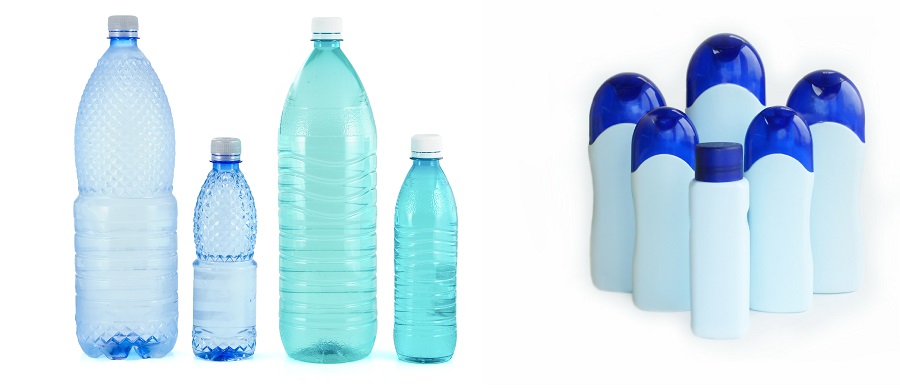Market intelligence firm, Mintel has released its Global Packaging Trends for 2023, featuring a PESTEL analysis* that explores the macro-environmental factors impacting the packaging industry in 2023 and beyond.
David Luttenberger, CPPL, Global Packaging Director at Mintel, examined the political, economic, social, technological, environmental, and legal factors impacting global packaging evaluations, planning, and decision-making: “The decision to use a PESTEL analysis was based on the fact that currently there are so many extraordinary outside influences on package innovation and the packaging supply chain. Pressures from the environmental perspective, the conflict in Ukraine, global inflation, social issues, legal challenges, extended producer responsibility, and other forces mean packaging must navigate new and more challenging routes to market. The PESTEL format enables us to succinctly identify the opportunities and present clear recommendations to retailers, brand owners, and package manufacturers.”
Economic factors impacting packaging
“Economic uncertainty and the associated rising cost of goods have forced consumers to rethink budgets and discretionary spending. Across categories, brands are tapping messaging, technology, and retail strategies to show consumers how packaging can stretch a budget.
“Consumers will look to brands to help them overcome economic-induced stresses with products and packaging that mesh with purchasing abilities and reflect value without compromise. Offering packaging that represents financial value propositions, while not compromising quality, convenience, freshness, safety, and environmental responsibility, will be a differentiator in 2023 and beyond.”

Photos: water bottles © Draghicich | Dreamstime.com; cosmetics packaging © Snejka | Dreamstime.com
Social factors impacting packaging
“From food shortages and ethical sourcing to responsible water and land use, consumers want to know more about the products they buy and the brands that produce them. In addition to achievements, brands and package manufacturers must be transparent about their weaknesses. Consumers are pursuing transparency through clearer labeling and what those claims mean for the greater good.
“In the future, packaging will paint a picture of a brand's equity, which increasingly includes social and environmental capital. Consumers want to hear what companies have to say on controversial topics related to diversity, inclusion, and equity.”
Legal factors impacting packaging
“A myriad of laws have been enacted to protect consumers from deceptive or fraudulent business practices. New rules around the use of plastics and pollution-causing materials, as well as protecting human and planetary health, will greatly affect consumers. To get ahead and stay competitive, companies must get a firm grip on current and future legislation around plastics, PFAS, and EPR.”
“Consumers will rally behind legislation that benefits the environment. Their support will spur additional bans which will put significant cost pressures on manufacturers in their quest to meet mandates and find suitable, though more costly, alternatives.”
Packaging perspective of Mintel’s 2023 Global Trends
Mintel’s 2023 Global Packaging Trends also discusses the packaging industry implications of the2023 Global Food and Drink, Beauty and Personal Care, and Household Care Trends, including the future of packaging within these industries.
“The macro factors impacting packaging are universal across all end-use categories, including what my colleagues outline in Mintel’s 2023 Global Food and Drink, Beauty and Personal Care, and Household Care Trends. How the challenges manifest within each category varies, but the data, insights, and expert recommendations are applicable and actionable across all end-use categories, package formats, and regional markets,” continued Luttenberger.
Food and drink packaging trends
“Although costs of living are rising globally, consumers will not be motivated solely by low prices in 2023. They will find value in affordable food and drink that promises clarity, nutrition, and versatility. Package manufacturers must enable clear communication of added-value nutritional content and provide efficient portioning and product preparation. Clean packaging designs that highlight natural ingredients and health benefits will stand out to shoppers. In the future, brands seeking to be trusted partners in the kitchen need to take energy consumption into account and deliver packaging that enables energy-efficient cooking.”
Beauty and personal care packaging trends
“Post-pandemic consumers are seeking experimentation, social responsibility, and value from brands in-store and online. Package manufacturers must deliver physical, emotional, visual, digital, and environmental attributes that mesh with consumers' changing lifestyles. Packaging remains not only a constant but an integral part of the beauty consumer experience—whether through new eco-responsible structures and materials, 100% product evacuation dispensing systems, messaging about eco-attributes, or messaging about a brand's values. Companies must create strategies that embrace next-generation package technologies to connect with consumers at retail, at home, and in any/all channels they prefer.”
Household care packaging trends
“The inward focus on one's self and the planet has become intertwined with saving money in the household care space. That triad of forces has created new opportunities that will redefine the definitions of responsibility and value. Companies must invest in innovations that optimize such parameters as cube efficiency, weight reduction, materials management, extended shelf-life, and end-of-life or second-life scenarios. The key to delivering the next generation of household care packaging will be simple design, convenient dispensing, and an overt display of environmental and social responsibility.”














